I love the dropped waist of the strapless gown, but really
love those sleeves, so I combined the two bodices and kept the full skirt from the strapless design.
But first I had to figure out what to do with a pattern piece that measures approximately one inch!
These things are seriously tiny. But it certainly is refreshing to only have one or two pages to print out!
I usually trace bond paper patterns directly onto muslin. But I was unsure how this whole system was
going to work for me, so I hedged my bets, and used some leftover easel
paper.
The straight lines were easy, but a couple of the curves (those sleeves, for instance!) were challenging to figure out - I wish there were a few more points of reference in those areas.
That being said, these mini pattern pieces from Éclair-Coupe Paris are genius. Why have I not tried this system before?! I cannot speak to the accuracy of each and every size ruler, but just about everything matched up for me.
I reinforced the pivot points with some tape, which worked great.
The next step was lengthening the torso of each bodice piece. Might as well get those standard adjustments out of the way!
Now to put it all together and see what happens!


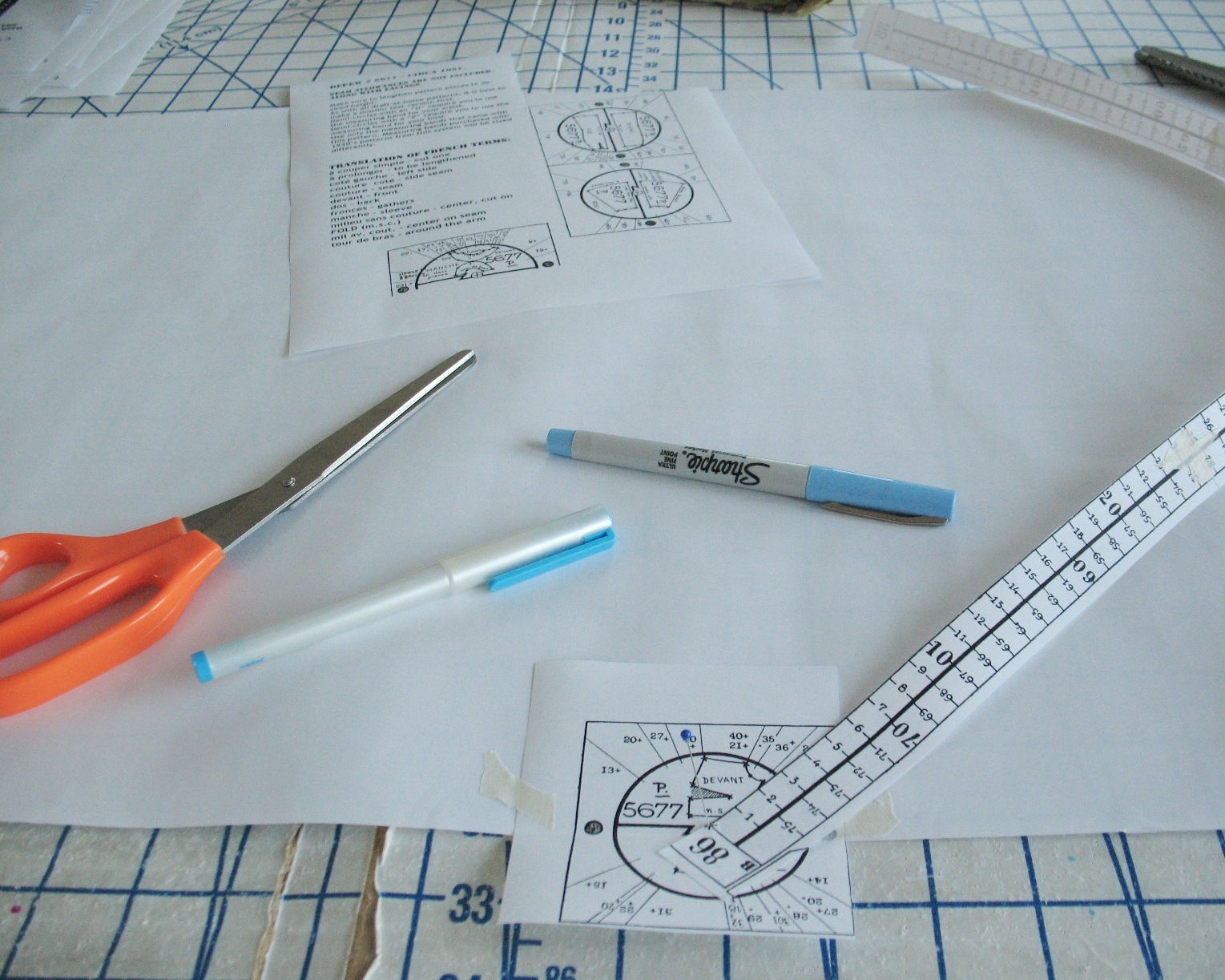
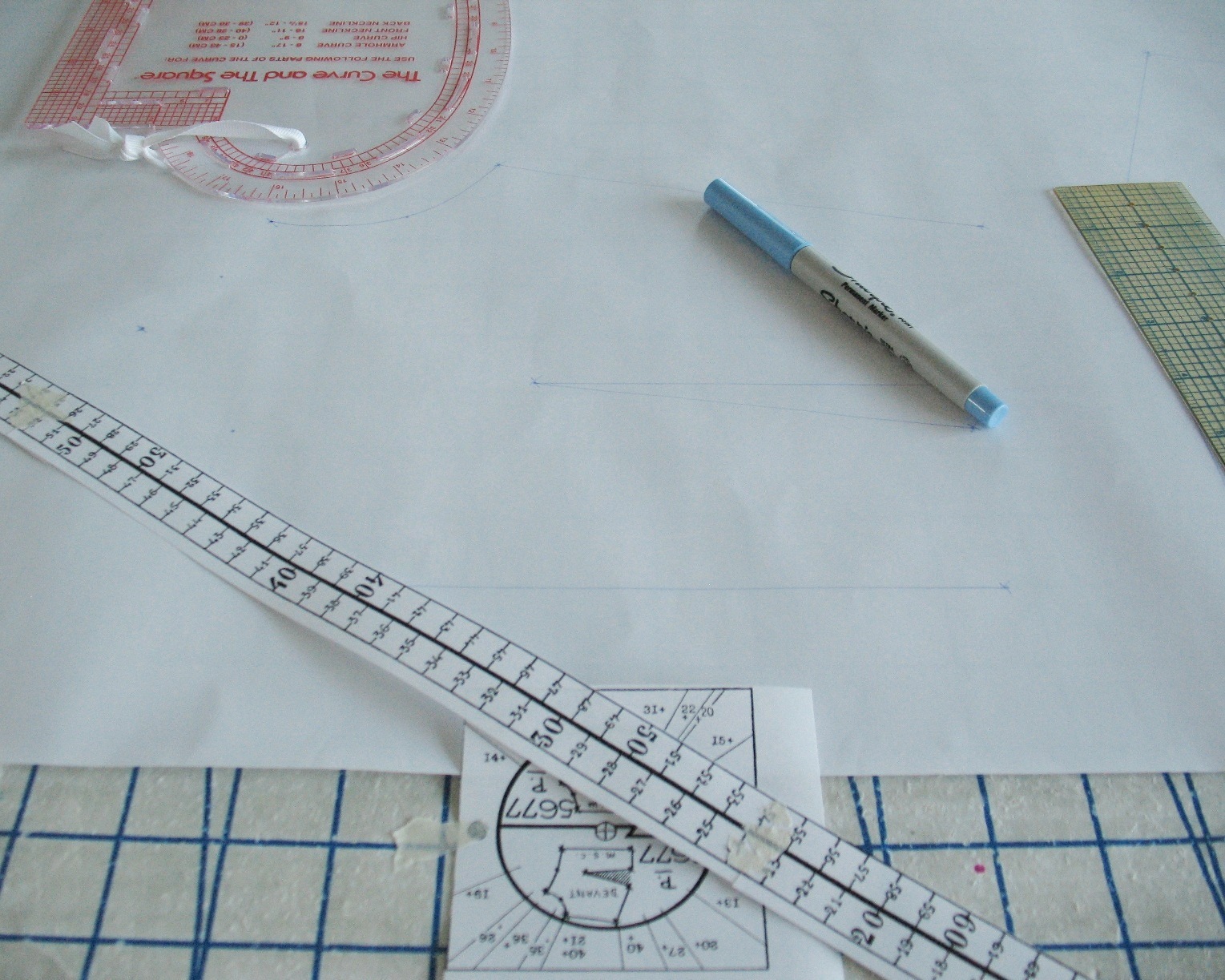

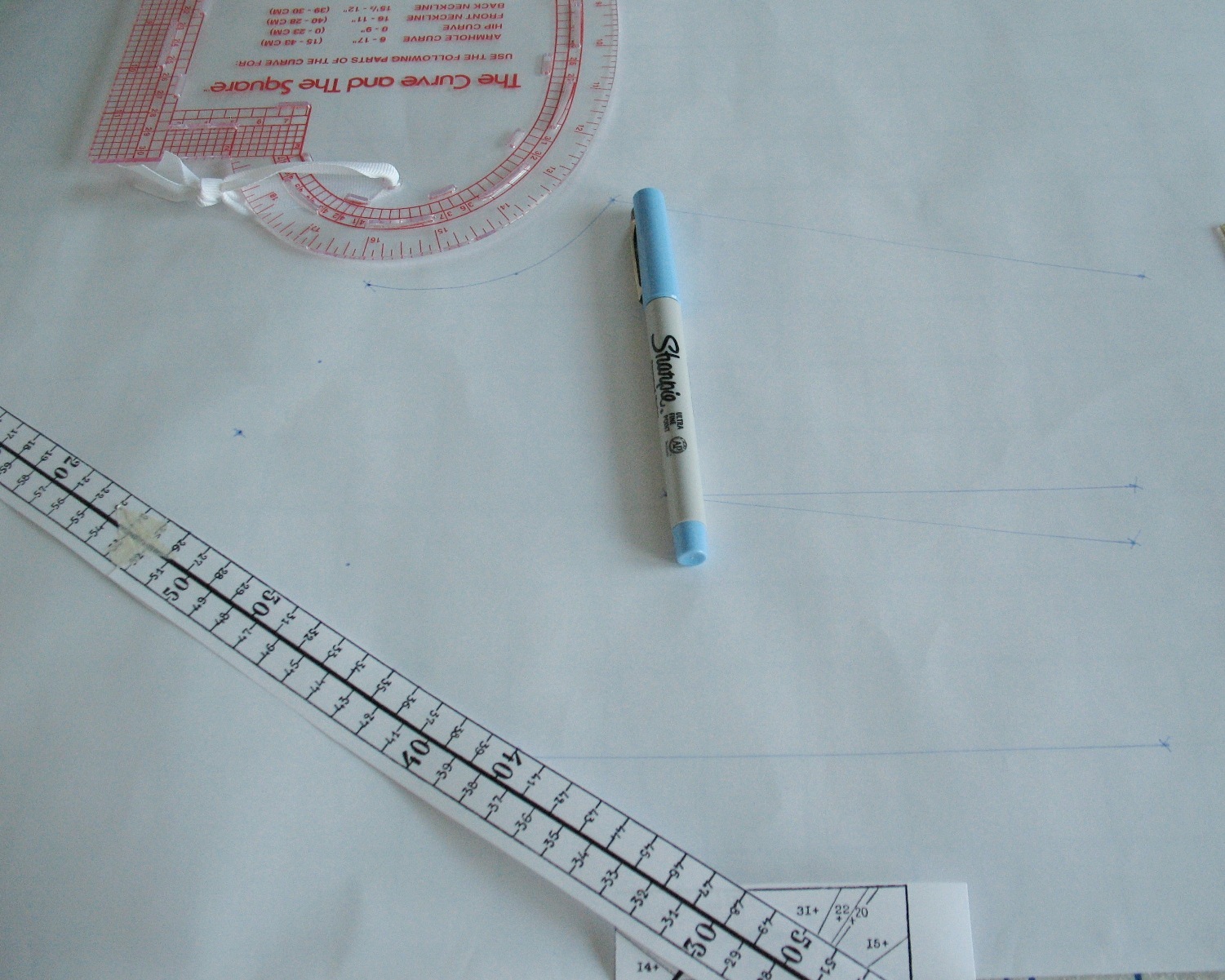

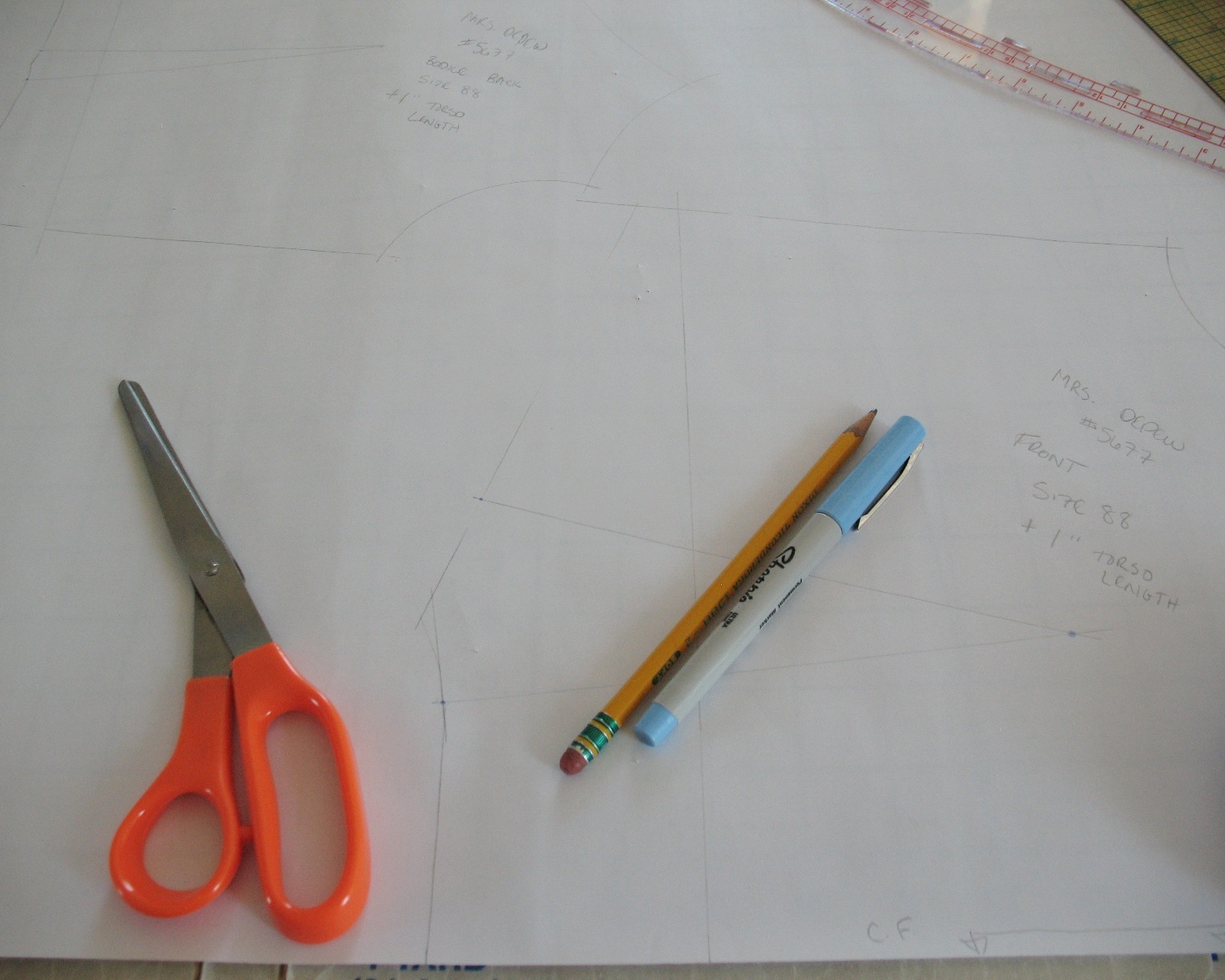
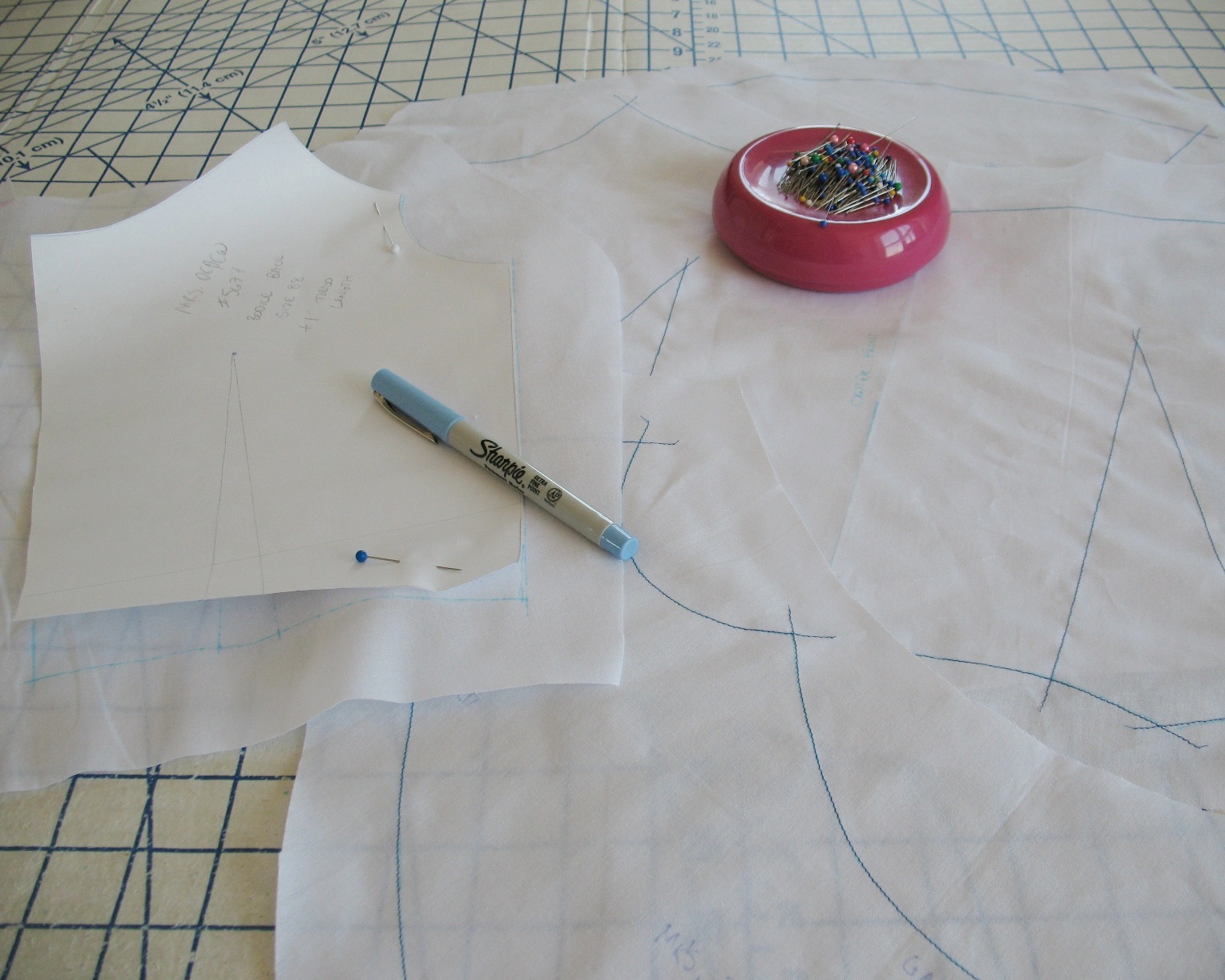

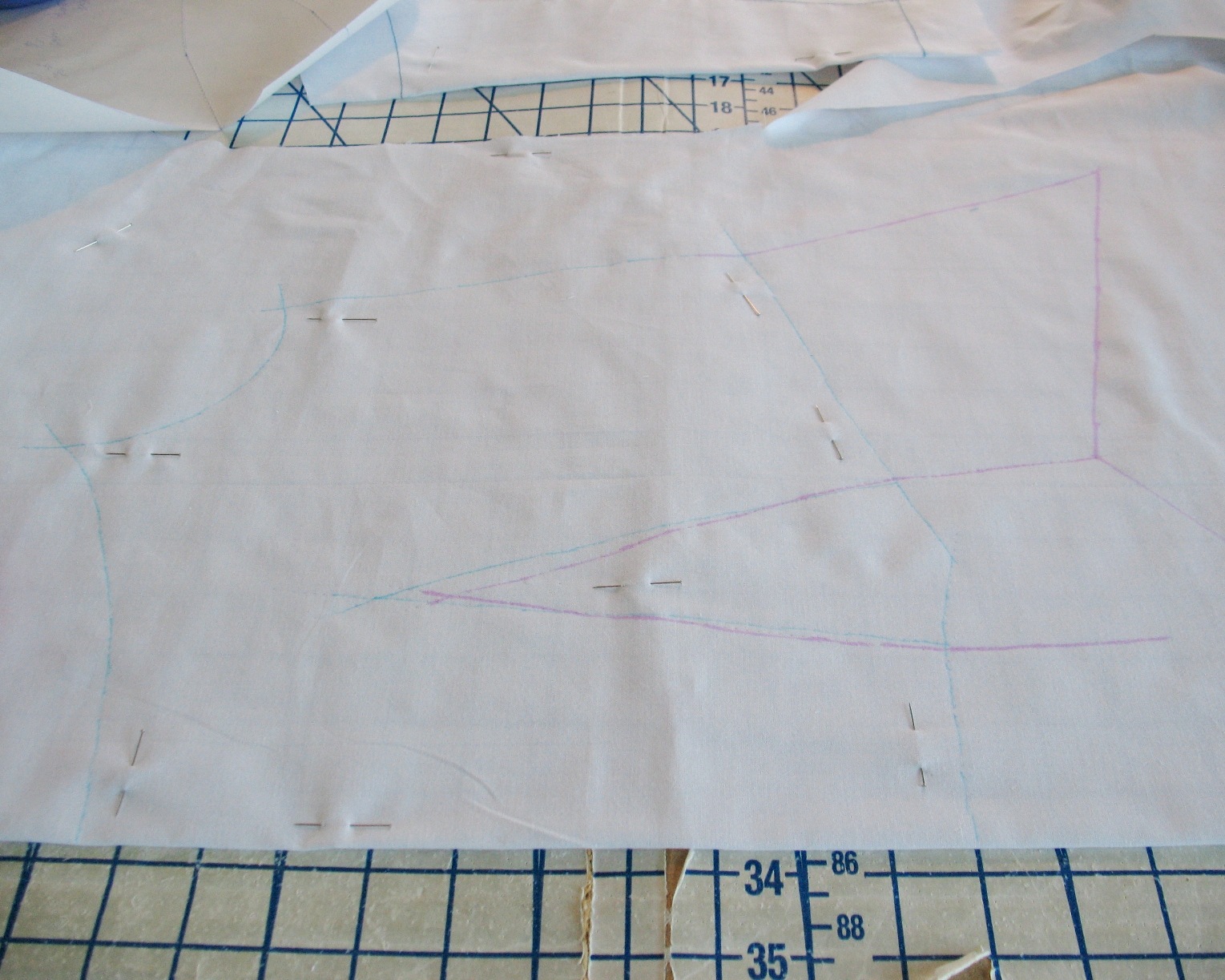


Hi! This is really interesting, I never know there were patterns in miniature you could use! I can't wait to see how this works out for you. I think I would be tempted to make mini dress though ;)
ReplyDeleteFreya May
thedressmakingdiaries.blogspot.com
Mrs depew has great designs in modern sizing,great to see this system in action.
ReplyDeleteThis is so interesting, the scaling really appeals to my inner maths geek! Can't wait to see it finished...
ReplyDeleteI"ve been eyeballing her patterns for a few years now and I've been interested to see someone sew one up, aside from her. Thanks! I can't wait to see how this goes.
ReplyDeleteHm, interesting process. Thanks for sharing how this works!
ReplyDeleteWhat a fantastic idea - combining the two patterns! I can't wait to see how it turns out. And as always, I'm available if you have questions about the patterns!
ReplyDeleteHappy sewing,
Mrs. Depew-
Wow…I didn't know there is a miniature pattern line out there! I look forward to seeing your process and the finished garment.
ReplyDeleteI can't wait to see your finished dress. It will be beautiful! I have a couple of these books but have never tried them. I have done a few simple tops with Lutterloh which is the same concept.
ReplyDeleteWell, all this time I've been scaling up those little scematics from the back of the pattern envelope as pictured online with a grid. This is just insanity; much like scaling up with a grid.
ReplyDeleteBut just my kind of insanity......
Both patterns are beautiful gowns. I admire your skill in combining the two patterns. Are all Mrs. Depew patterns like these? They seem to be like Lutterloh patterns.
ReplyDeleteCan't wait to see what wonders you come up with this year!
ReplyDeleteThe radial scaling reminds me of Lutterloh. They supply a special tape measure and then you extend out based on an upper and lower body measurement. It actually works. BTW, I love and appreciate your work and enjoy the blog. :)
ReplyDeleteYour gown project sounds very interesting, I am curious to see how the combination of the two bodices will look!.
ReplyDeleteI own two books using a very similar emlargement system (the Lutterloh-System mentioned in the comment above). Once you've understood it's fairly easy, as you say.
And a little hint: You enlarge from only one point in the middle. So as long as you don't stretch the design in one direction, you can easily enlarge it when copying it. This makes the centre point move farther away from the point you are working on, but the length of the final ray stays the same, only the pattern becomes even more accurate because a larger distance between the two points means less deviation.
I always copy my Lutterloh patterns blown-up to 200% and then it is pretty easy to construct the pattern (normally the whole of the pattern pieces fits into my palm, so as tiny as your pattern).
Like ette, I have seen miniature patterns before in the Lutterloh system. And I have one late 1940's magazine which includes all the patterns in a different way: You are to fold a piece of paper into squares based on your measurements and copy the miniature patterns (which are on a grid) on that. I haven't tried either though. Not yet.
ReplyDeleteI'm very curious to see how your dress will turn out.
the system looks really similar to the german Lutterloh system. It also involves miniature pattern pieces and a special ruler. My brother very kindly downloaded some vintage lutterloh books for me off the internet, but i've yet to try them. I also own the contemporary system, and it works really great!
ReplyDeleteHave you finished the project. I am considering buying a reprint of this sewing method, and I would love your input. Also, I would love to see a photo of your beautiful finished gown.
ReplyDelete